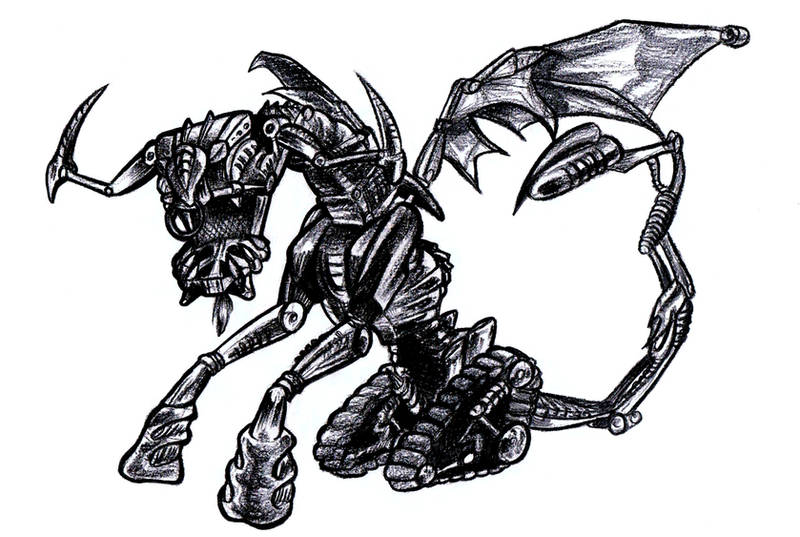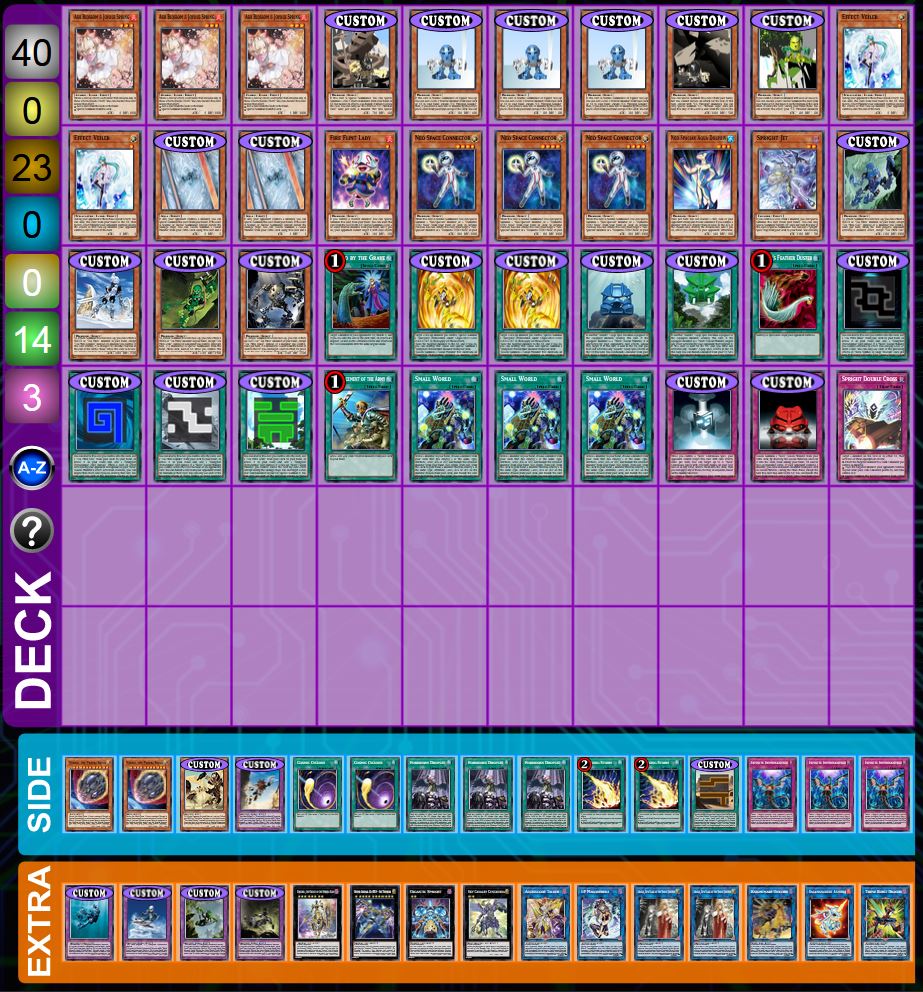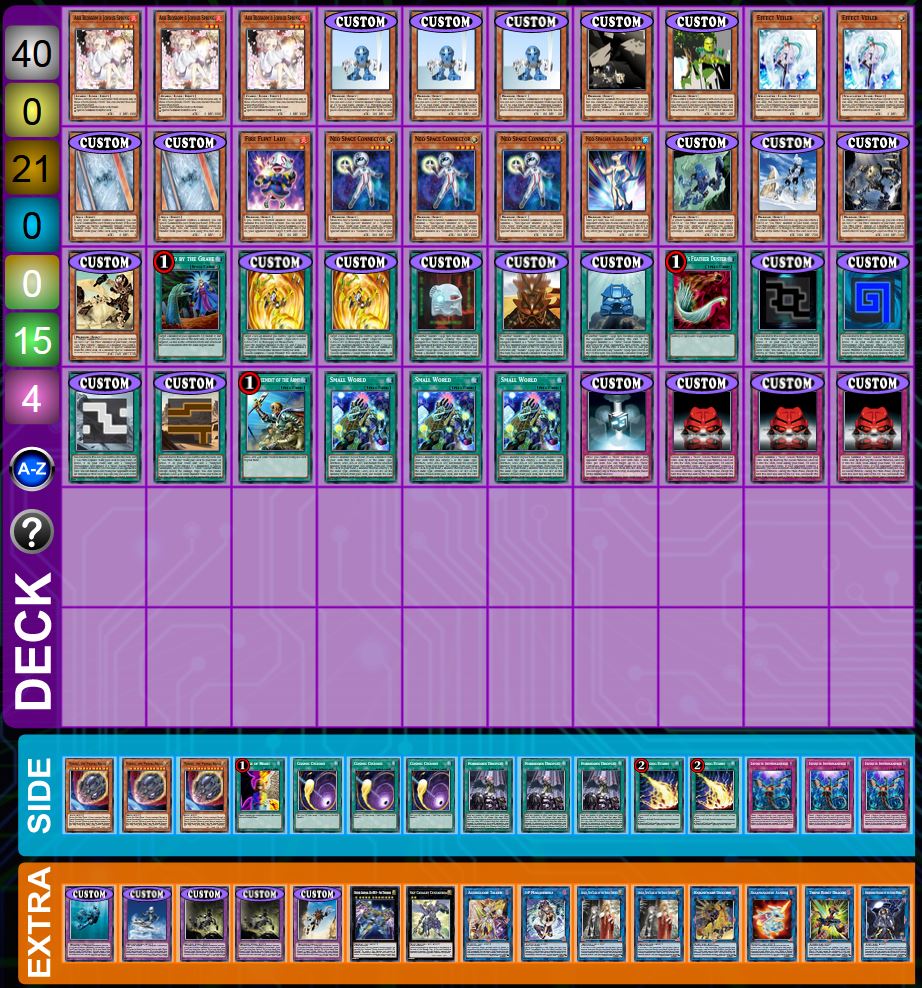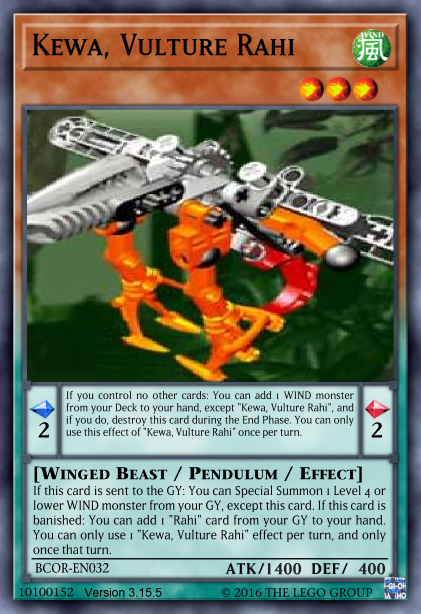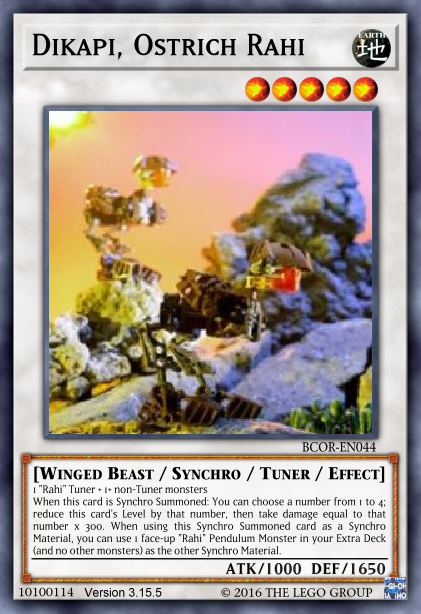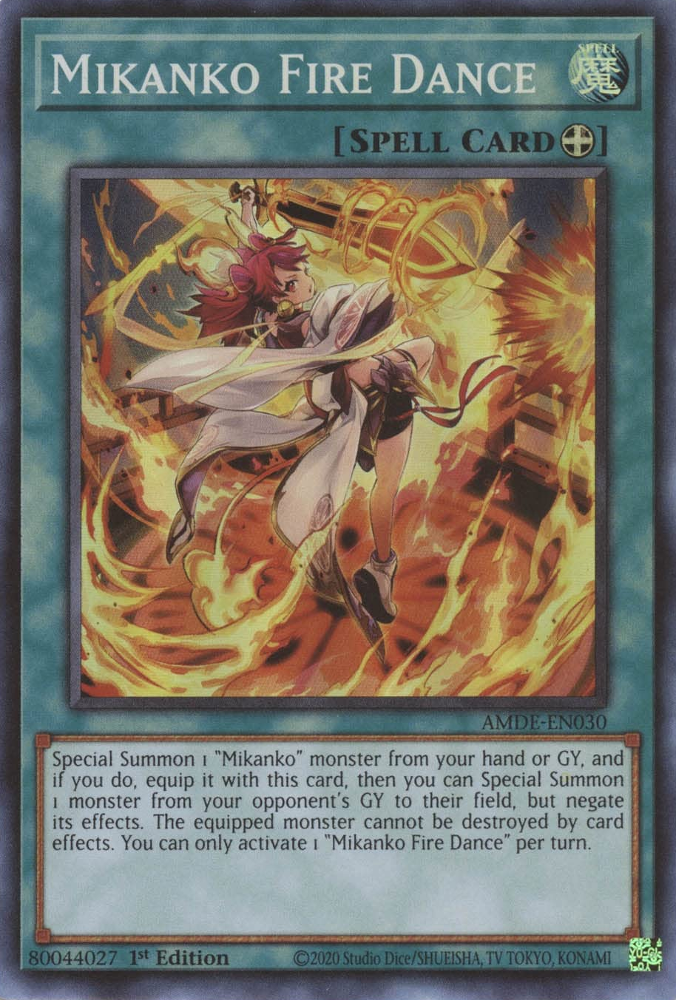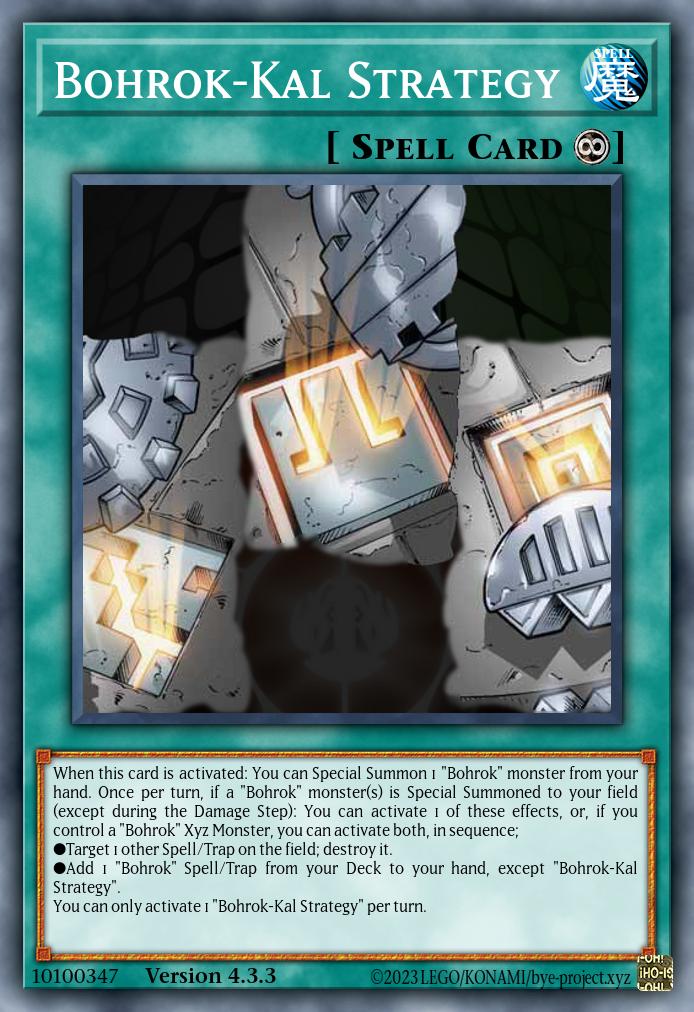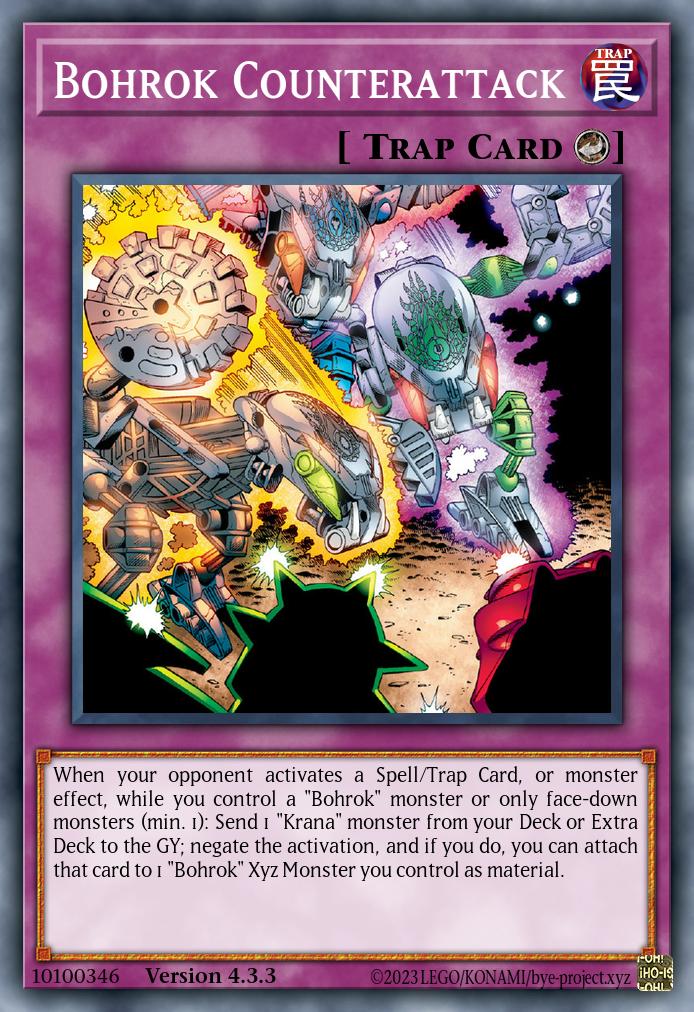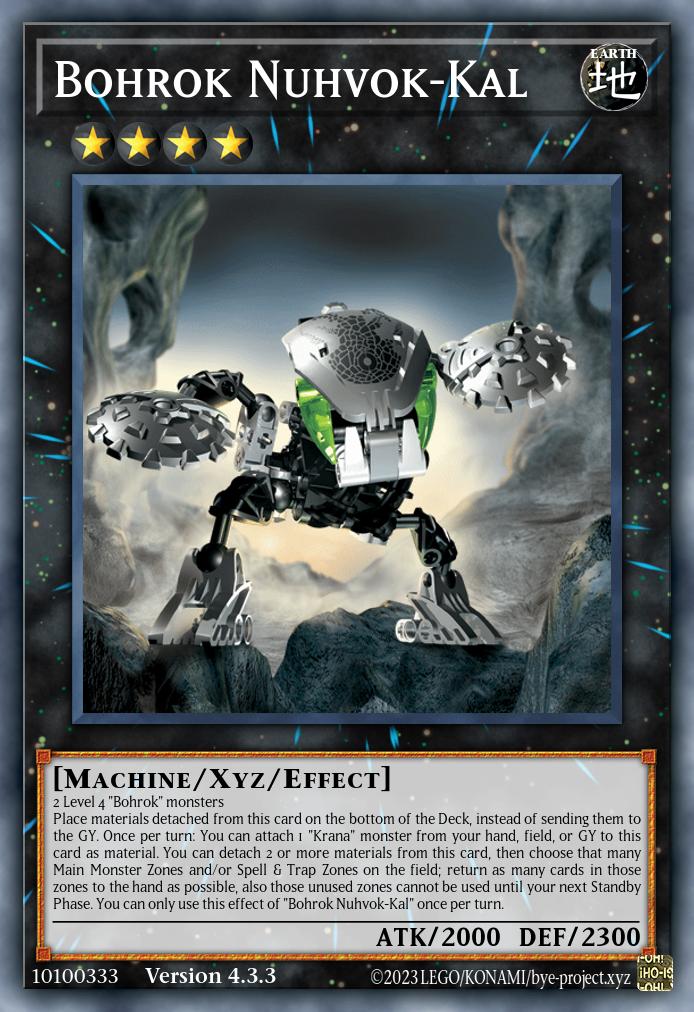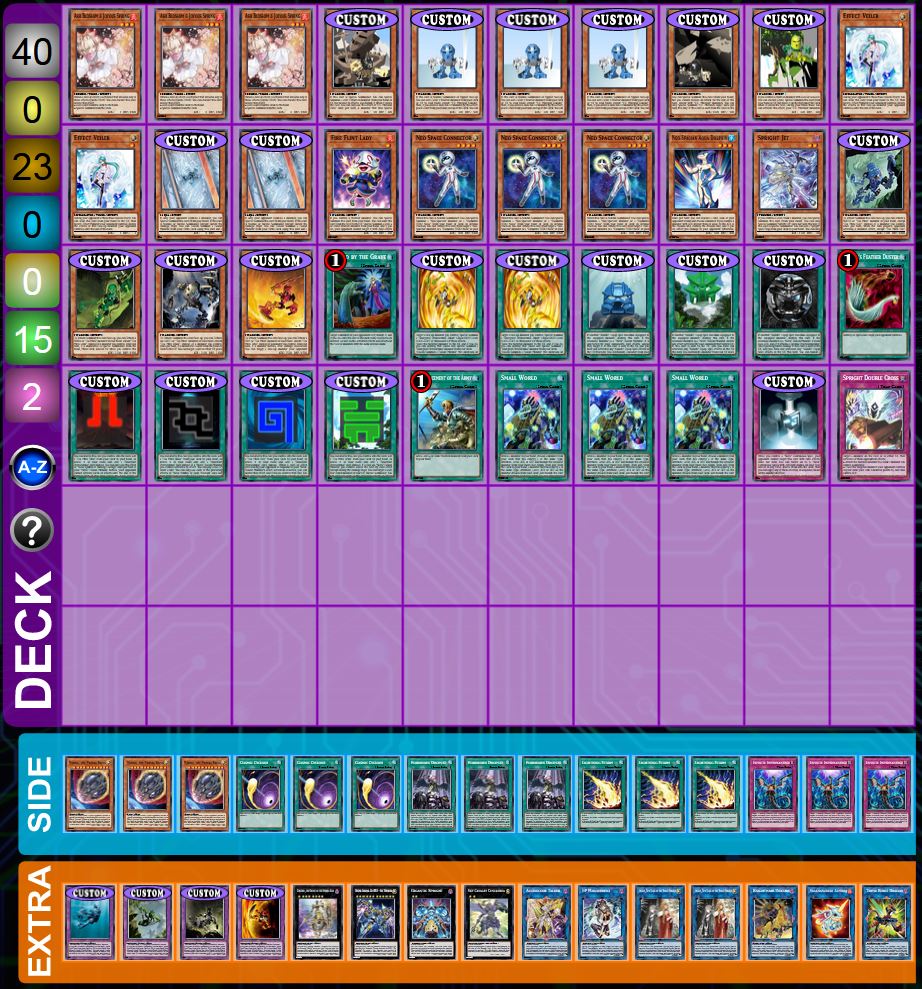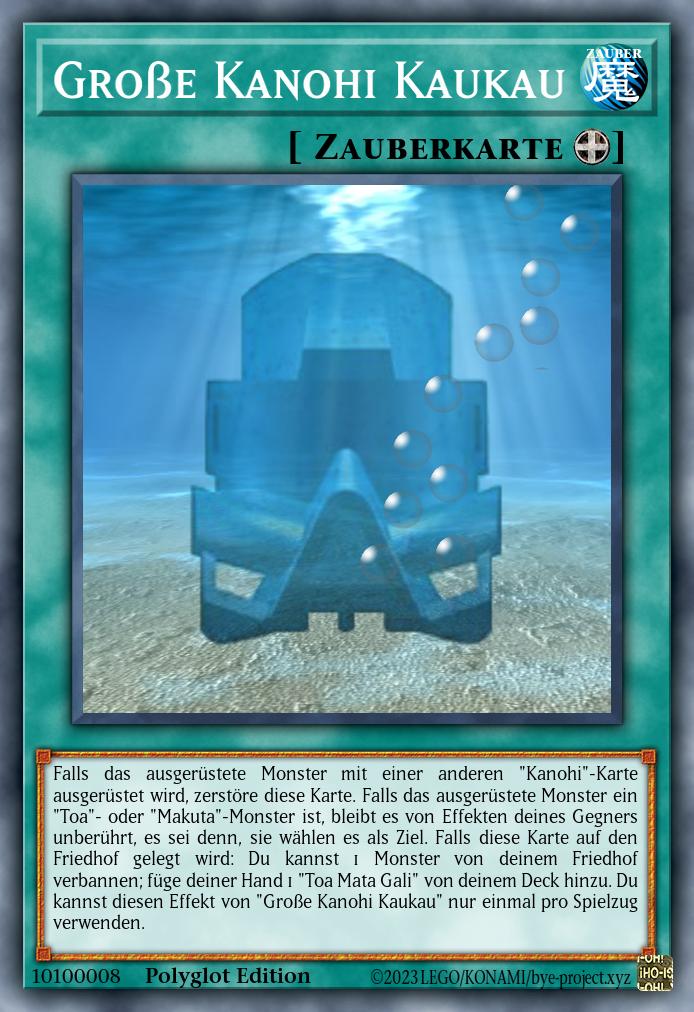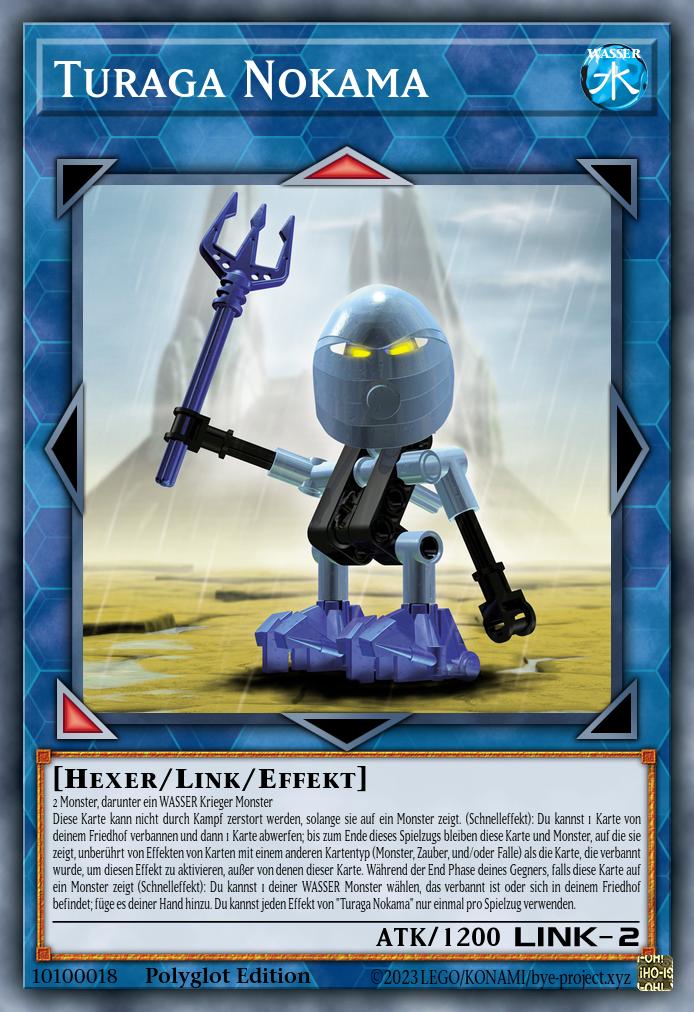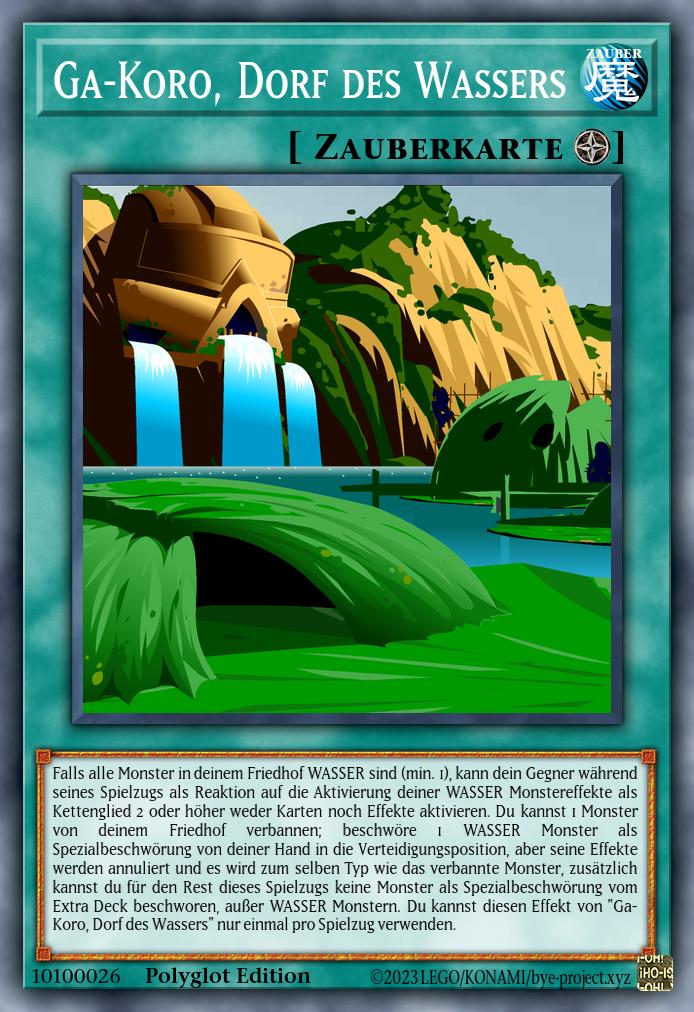Having pondered in some detail the various monster Types that are found commonly among Rahi, what now remains must be, by process of elimination, only those that are uncommon. Here go the leftovers.
See also:
- The Rahi Spreadsheet – The data all of this is based on
- The Shapes and Sizes of Rahi – Overview of all Rahi groupings
General Stats
The major Types we have covered so far include 152 of the Rahi in the spreadsheet, or 91.56%. The remainder we are about to deal with makes up a mere 28 entries, or 16.87%. Huh? That clearly adds up to more than 100%? Because in many cases, more than one Type is under consideration, and if one of those is common and the other not, the Rahi in question counts for both.
Interestingly, only 2 of those 28 have been implemented so far, so segmenting by “current” and “potential” members probably makes no sense here. Instead, we’ll go Type-by-Type.
Beast-Warriors
In general, most of the rare humanoid Rahi could go in here, however the argument for it is not all that strong when cards like Danger! Bigfoot already show Beasts can perfectly well be humanoid as well.

Speaking of which, the Bigfoot of Bionicle is Keetongu, so that’s a prime example right there. Back in the Beast article, it was noted that his healing abilities suggest a defensive focus that is otherwise not how Beast Rahi operate, so if that difference is at odds with the playstyle more than it supplements it, a class change to Beast-Warrior would be an easy way to circumvent the issue entirely. Having a rare Type would also serve to highlight Keetongu as special, similar to how the story doesn’t really treat him like a Rahi at all. It’s just the idea of having the two Bigfoots (Bigfeet?) in different Types that makes me a bit uneasy about this …

On the other hand, minotaurs and centaurs are pretty consistently Beast-Warrior, and since the Artakha Bull is somehow both, it seems like a perfect fit. They’re even legendary beings much like Keetongu, making it thematic by our own logic as well. There were some ideas of possible Beast synergy back in the other article, but also there’s no rule saying you can’t play a Beast-Warrior in a Beast Rahi deck – maybe that’s not a bad route to go.
The last strong candidate, who may not even get implemented for lack of relevance, is Mutran’s hybrid of Rahi and shadow Matoran – practically a Beast-Warrior by definition. With Keetongu (and maybe the Bull) being LIGHT and this one obviously DARK, that even gives us an opportunity for chaos stuff, but “Chaos Beast-Warriors” isn’t exactly a term that rings a lot of bells.
A less relevant LIGHT-DARK pair consists of the Visorak’s Colony Drones (vaguely humanoid creatures enslaved as cattle against their will; probably just going to be Beast on account of how ordinary the are), and the Dark Hunter Minion (humanoid result of a Rahi experiment; dubious if he’s even to be made part of the archetype, and I’m leaning towards no). Both fairly unlikely to actually end up as Beast-Warrior Rahi.
Conclusion: We are going to have between 0 and 3 monsters in this Type when all is said and done, with the only “relation” being that two of them are kind of mythical and considered highly intelligent. As a result, I could see them serving as a special class of boss monsters in a Beast deck, but in that case I might decide to just make them Beasts after all. Depends on what works in practice.
Dinosaur
We never made it to the actual Dinosaurs of Bota Magna in the Bionicle story, but that means the Type is perfectly free to be used for particulary ancient and/or dino-like Rahi. In fact, a similar design approach was already used for the technically-not-Rahi Gahdok and Cahdok a while ago.
When it comes to true Rahi that are also Dinosaurs, though, none have been implemented as of yet. So what are the candidates? Well, the first pair actually hails from the BPEV expansion that is currently under development.
The Rahi Nui – never officially depicted beyond its Nui-Jaga tail – is a DARK amalgamation of the five main Rahi of 2001 (i.e., the Normal Pendulums), which already provides two good reasons to make it a Dinosaur. One, being a hypothethical mega-combiner of multiple large sets certainly gives it the size one associates with those creatures, and two, it needs a Type distinct from its Insect/Beast/Reptile components to make clear it’s a mashup, not an upgrade of just one of them. The latter point is also important gameplay-wise, since currently it’s planned as a Fusion that inherits the Types of its materials on top of its native Type – obviously using the canon materials should provide maximum effect rather than having one of them be redundant.
In relation to that, the Subterranean Worm is another Dinosaur candidate, for reasons of gameplay more than lore. There is that one bit where Turaga Whenua tells Onua that “This creature has existed on Mata Nui longer than either of us”, but that doesn’t have to mean much with Bionicle’s general weird timeline. No, I mainly want to make this one a Dinosaur because the Rahi Nui should also be getting a contact fusion procedure that requires DARKs, the Subterranean Worm would be a DARK Rahi Synchro (thus always accessible), and so having it be a Dinosaur provides a natural drawback to that convenient method of access since it basically gives you -1 Type on the big guy. I’ll have to test if this pans out, but the idea sounds nice to me.
The other area of high Dinosaur probability are the First Rahi, those primordial sea creatures created directly by the Great Beings in the time before time. I already went over them in the Sea Serpent article and sketched out the idea that they (and their Matoran buddy Mavrah) could be a little self-contained mini-archetype using some kind of “ancient” mechanic design like Ritual Summoning. So aside from the way the Dinosaur Type obviously lines up with their age, it would also serve to make them more isolated from the more modern Rahi species since they wouldn’t share Types with most of them. Even the Rahi Nui overlap would probably be irrelevant if they’re not DARK. However, if Sea Serpent synergy actually ends up fitting them really well, that other option absolutely is still on the table.
And with much lower probability, there’s the Rock Raptor and the Troller mentioned in the spreadsheet – the former because of its name, and the latter because it’s supposedly really big. Neither is a very compelling reason, and with everything else so far clearly painting Dinosaurs as a very rare and unique class of Rahi, we probably shouldn’t pollute the pool. Consider those two rejected.
Conclusion: The BPEV DARK Dinosaur Rahi, Rahi Nui and Subterranean Worm, are pretty much already confirmed since the weird uncommon Type has actual gameplay significance for them. I mean, I could also make them Wyrms or something, but that’s even more random thematically. The non-DARK Dinosaurs that might join them in Metru Nui have yet another totally different playstyle planned for them, so I guess you could say Dinosaur is just what we use for big dudes that are intentionally meant to sit apart from all the broader Rahi Type groupings.
As a side note, being built to work in specific and unusual ways by themselves will also make these monsters harder to incorporate into the general Dino pile of Yugioh, which in turn makes things easier in the design phase because we don’t have to consider all those interactions too much.
Dragon (and Wyrm)
Speaking of piles, D R A G O N S are up next. Here we actually find one of the two currently implemented examples, the Hikaki.

Hikaki, Dragon Rahi
Pendulum Effect MonsterLevel 4 | Scale 5/5 | FIRE Dragon | ATK 1900 / DEF 700Pendulum Scale = 5
[ Pendulum Effect ]
When a “Rahi” monster(s) is Special Summoned: You can add 1 “Rahi” Tuner from your Deck to your hand. You can only use this effect of “Hikaki, Dragon Rahi” once per turn. If you control no monsters: You can Special Summon this card from your Pendulum Zone.
—————————————-
[ Monster Effect ]
A Synchro Monster that was Summoned using this card as Synchro Material gains this effect.
● When a Trap Card is activated (Quick Effect): You can shuffle 1 face-up “Rahi” Pendulum Monster from your Extra Deck into the Deck; negate the activation, and if you do, destroy that card.
This is explicitly and evidently (look at its cute little wings) some kind of miniature dragon, and also one of the most generically useful Rahi monsters in the current arsenal. The Pendulum Effect searches you a Tuner to go with that Rahi you just Special Summoned, and a Synchro Monster made with this card gets a bonus Trap negation effect. This, of course, is part of the package it forms with the Insect Kofo-Jaga and the Winged Beast Taku – a group that was assembled based on no particular reasoning I can recall. Arguably, the Hikaki is the most interesting out of them all because not being tied to any of the major Types makes it very suitable to be reimagined as a general-purpose shared utility for any kind of Rahi deck, something that will probably be needed to avoid making the same basic effects over and over again. But more about that another time.

Another small dragonic Rahi is the Phase Dragon, a fire-breathing speed freak that avoids crashing into things by becoming intangible. For the latter ability, I also have it under consideration for a Wyrm-Type – because what could be more “Phantom Dragon” than a dragon phasing out of reality? But since that’s the only time Wyrm appears in the spreadsheet, it should probably be a Dragon just so there’s a few other companions in the archetype, unless there’s some unique benefit to be gained out of having exactly 1 Wyrm. In any case, the lore on this one is well positioned to be another generic utility thing, such as a searcher temporarily banishing itself for cost.
The Cable Crawler that was already considered for Beast and Reptile could also be a mid-sized Dragon, because I have no idea what it’s supposed to be and there’s fire coming out of its butt. Probably not though, just the presence of a Rhotuka effect already runs counter to the idea of widely usable Rahi support I’ve been building up in this section so far.

And with that, we’ve reached the actual big legend-class Dragons, such as Kardas. This final boss of 2006 was previously seen in the DARK Rahi article, following the logic that it should match the Attribute of the Fenrakk it mutated from, and as noted there, making it a Synchro would tie in well with all the DARK Dragon support from the approximate direction of Red Dragon Archfiend.
On the other hand, being a mutation rather than a natural Rahi also raises the possibility of a non-Synchro Extra Deck type, and if it was FIRE we could maybe have all the Dragon Rahi with the same Attribute ….
Because this last one sure is FIRE as hell.

The Kanohi Dragon is THE giant dragon of Bionicle lore, once requiring an entire extra-large Toa team including four Toa of Ice to defeat. It also happens to be part of the “Kanohi” archetype, but I’m not sure there’s a way or even a reason to make that relevant, considering in-universe it’s only called that because its scales kind of look like masks.
Both of these could just serve as generic top-end bosses for all kinds of Rahi, slightly less useful than the Type-specific options but still powerful. That way, the dragonic spirit of sharing remains intact even at the largest scale.
Conclusion: Much like that era of Yugioh where every deck had to have a Dragon somewhere, Dragon Rahi are well positioned to provide splashable support to all Rahi regardless of Type, be it through Main Deck utility cards or large Extra Deck boss monsters. My only worry is how they need to be simultaneously strong enough to be worth using everywhere and weak enough to not overshadow the actual stars of each deck, but surely a sweet spot for that can be figured out in testing.
Machine
Yep, there’s a Machine Rahi. Maybe.

The Toa Terrain Crawler is more like a Sea Serpent in its naturally occuring state, but the specific one that appears in the story is so heavily mechanized it probably qualifies for a Type change. And there’s even more weird things going on with it, from being part of a “vehicle Rahi” subtheme already covered in the Sea Serpent article to technically belonging to the “Toa” archetype (well, I guess we can put on the Exo-Toa clause).
Conclusion: It’s just one thing and already belongs to a weird subtheme that doesn’t really need to interact with other Rahi at all, I don’t think it even matters if it’s Machine or not.
Plant
Yep, there’s a Plant Rahi. But not really.

Daikau, Floral Rahi
Pendulum Effect MonsterLevel 3 | Scale 2/2 | WATER Plant | ATK 1500 / DEF 300Pendulum Scale = 2
[ Pendulum Effect ]
You can send 1 “Rahi” Pendulum Monster from your Deck to the GY; all monsters your opponent currently controls lose ATK equal to that monster’s ATK, until the end of this turn. You can only use this effect of “Daikau, Floral Rahi” once per turn.
—————————————-
[ Monster Effect ]
If this card is sent to the GY: You can Special Summon 1 Level 4 or lower WATER monster from your GY, except this card. If this card is banished: You can discard 1 “Rahi” card, then target 1 monster with 2000 or less ATK on the field; destroy it. You can only use 1 “Daikau, Floral Rahi” effect per turn, and only once that turn.
The Daikau has already been implemented as part of the Rahi archetype along with most of its fellow Quest for the Toa enemies, but technically speaking that is not accurate. This isn’t a Makuta-made Rahi, but rather some weird semi-sentient plant thing with no clear lore explanation, born from the Energized Protodermis based disguise function that created the whole island of Mata Nui.
Should it therefore not be archetypal? There’s precedent for that with the Vatuka , a similarly non-Rahi enemy mob from the same game, but instead it belongs to a subtheme of Trap Monsters I have previously called “Elementals“. The Daikau doesn’t go in there either, so it’s in a strange position of its own.
Thematically, I could see this being some form of Trap Monster anyway, what with the whole carnivorous plant chomping whatever walks into it, and perhaps one that works well with Rahi without being part of the archetype. But such a change would need to be coordinated with everything else, since the current effects are clearly built around stuff Rahi currently do, and in particular the GY one is the WATER side of the recurring revival series.
Conclusion: It’s certainly a plant, but its fate is uncertain to the point where we can’t even say yet whether or not it will remain in the Rahi archetype. Either way, it’s once again just one single card and thus won’t have much of an impact.
Psychic
Yep, there’s a Psychic Rahi. Maybe two.
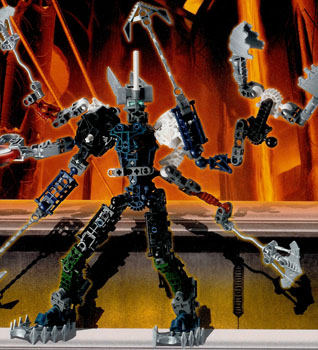
Krahka, antagonist of a cool little novel-only Metru Nui sidequest, would be pretty hard to pin down to a Type on account of being a shapeshifter. But that’s some kind of special power, and on top of that in this case it even includes partially copying the mind when impersonating a sentient being, so Psychic seems about right … or maybe Illusion is the best fit now that it exists?
In any case, given the story role, this would most likely be a standalone boss monster, and the original Type shouldn’t matter too much since changing shape ought to overwrite it with the target’s. Mechanically, I’m pretty settled on this being an Extra Deck monster (because it’s even a combiner) with a standard stat and effect copying ability, so how it interacts with the archetype doesn’t seem all too relevant – you just make it to do all kinds of fancy stuff.
The other candidate is the Kratana, a vision-granting creature that looks like a cross betweene Kraata and Krana – so it could be a Psychic, a Fiend, or a Zombie. I’m most inclined to go with the first option because it actually describes its nature rather than just its looks, but what are the implications of that? It’s certainly not a boss monster like Krahka, so presumably it would have to find its way into a Main Deck as some kind of little guy, and thus it would be off-Type in just about any kind of Rahi deck. Might be fine depending on how much I plan to integrate general-purpose Rahi that can be shared between Types, but otherwise, there’s also the option of having it be something like a low-Level Synchro or a Link-1. Hell, since it just appears one time as a plot device, it might as well be a Spell Card that just does some vision-y thing.
Conclusion: There are possibly multiple monsters here, but still below the critical mass that would allow them to have a dedicated playstyle, and with not enough connection to any other Type to ride along there. These would have to be fairly splashable general-purpose cards, or alternatively niche options that you build a deck around with no regards for Type synergy.
Pyro
The lone Pyro Rahi is really more a representative of the aforementioned Elementals, but since it has been decreed a Rahi by the mighty power of SSGS (i.e., Some Shit Greg Said), we might as well include it. The Fire Entity, I mean.
Being an Elemental in all but technical classification, this will probably go somewhere near the Trap Monster lineup, maybe simply a member of it with a Rahi name so you get a direct link into the archetype. Or a regular Rahi monster that acts as support for the other Elementals.
Conclusion: Yet another standalone that has its synergies cut out for it by lore, and thus doesn’t require much hard thought in advance.
Rock
There are actually quite many, and by that I mean 5, entries in the spreadsheet for the Rock Type. But before you get your hopes up, all but one have it as a secondary option with exactly Beast as the primary. Let’s start with the definite Rock, I guess.
On the island of Xia stands what is simply known as The Mountain, a gigantic Rahi acting as a man-eating landmark of cultural significance. It’s a bit arguable if this is really a Rahi and not some other kind of lifeform that just happens to come from a Makuta lab, but assuming it is, it would be the largest Rahi by a significant margin. So large, in fact, that including it in the usual Level hierarchy for denoting size seems incorrect. Maybe a Link or Xyz would be the way to go.

The other option we should consider for a moment is making it a Field Spell, since it is basically part of the island. That would, however, mean it has neither Type nor Attribute, so Rock Rahi might not exist at all. On the other hand, it gives us an excellent excuse to provide a Rahi Field Spell, though with the varying needs of many Rahi subthemes and how late in the game it would show up, it’s hard to imagine that being very practical. As it stands right now, I much prefer the idea of having it be an Extra Deck monster without a Level. Maybe including different stages of its growth could even result in a whole Link climb strategy in the same vein as Sunavalon?
The question for the shakier candidates then becomes whether or not they could nicely support something like that. Starting from the smallest, we have a Rock Ussal, which should probably be some kind of offensive tool since that’s the main thing contrasting it from the regular variant. Which, by the way, is firmly in the Beast Type, so I don’t feel too good about diverging for this one. Moving on, the Rex Rock Raptor is already somewhat larger and also feels more at home in Beasts since most of its ecosystem interactions are with other Beasts. The potential sole exception would be the even bigger Spiny Stone Ape, but well, if that one’s a Beast as well it still works out. Finally, the Rock Lion, as cool as FIRE Rock sounds, is also too large and boss-like to really go with a Link climb or anything like that just trying to ladder into a big Mountain.
Conclusion: Despite many candidates, I really feel like it would be best to keep this exclusive to The Mountain and put everything else in Beasts. However, the idea of including multiple developmental stages of The Mountain does still open up a way to get a little subtheme out of this Type.
Thunder
Once more an Elemental sneaks into the Rahi archetype, this time with the Avohkah, living bolts of lightning that the Toa Mata exterminated from Karda Nui in the time before time. Not exactly the biggest claim to relevancy, but I always thought these sounded super cool and would very much like to include them. However, with the second Elemental now having revealed itself to be a Rahi, I also find myself seriously questioning if we shouldn’t just include all of them just for consistency’s sake. The Vatuka is the main exception and also the only currently implemented one, and it actually has a confirmed non-Rahi origin related to Energized Protodermis, so things are weird on multiple Levels here. Difficult.
Conclusion: Whether we formally recognize this as a Rahi or not, it’s going to be first and foremost a part of the Elementals and thus a Trap Monster, meaning the Type matters very little, as with previous similar cases.
Zombie
There are exactly three candidates for this Type. One is the Kratana, as previously explained because it’s similar to a Krana; and as previously explained, I’d rather make it Psychic to reflect its actual nature. The other two are the lich-like Cliff Screecher and the questionably canon “Worm“, but since the alternatives of Winged Beast and Insect respectively are such large groupings, they’re probably much better off staying in there and benefiting from the free support. Maybe the Cliff Screecher could turn itself into a Zombie via effect, that seems neat.
Conclusion: Among all the candidates, there is not one for which I actually prefer the Zombie Type over the other options, so I expect it won’t end up being used for any Rahi after all.
?
One Rahi for which I couldn’t find a Type at all, and which actually isn’t even counted in the statistics I wrote at the start, is the Sand Screamer. Look, what am I supposed to do with a creature whose entire gimmick is that nobody knows remotely what it looks like or what it does other than scream in the desert? I guess the combination of being predators and their place of residence makes me think of some kind of desert antlion thing, so Insect may be on the table. Or the move might just be to represent them with a Spell/Trap and dodging the issue of Monster Card properties entirely. If I even consider implementing them, that is – not like they’re relevant to the main plot in any way.
Conclusion: Well we can’t not give it a Type if we make it a monster, so either it gets whatever I feel like or it won’t be a monster. Simple as that.
Overall Conclusion
Well, well, well, looks like some of these actually have a good reason to exist. Here are once again the verdicts in summary:
- Beast-Warrior: Likely yes – for some special cases related to the Beast strategy.
- Dinosaur: Yes – DARK Dinosaur very soon, a few more probably later.
- Dragon: Yes – splashable utility and/or boss monsters.
- Machine: Maybe – only example is too much of a special case to matter.
- Plant: Maybe – it already exists, but might not actually be a Rahi.
- Psychic: Likely yes – Rahi with mental powers, meaining unique effects.
- Pyro: Likely yes – related to Elementals, exact synergy to be determined.
- Rock: Yes – only The Mountain, possibly different stages of its growth.
- Thunder: Likely yes – see Pyro.
- Zombie: No – all possible members are better placed elsewhere.
In general, we can say that these Types are going to be either splashable support for all Rahi decks, slightly weird add-ons to previously defined groups, or standalone strategies of a few monsters united by more than just their Type.
And now that we’ve figured that out, all that’s left to cover are some more ways to group the Rahi we’ve already seen, but this time without taking into account their typing – stay tuned for that. The Rahi Update draws ever closer!

